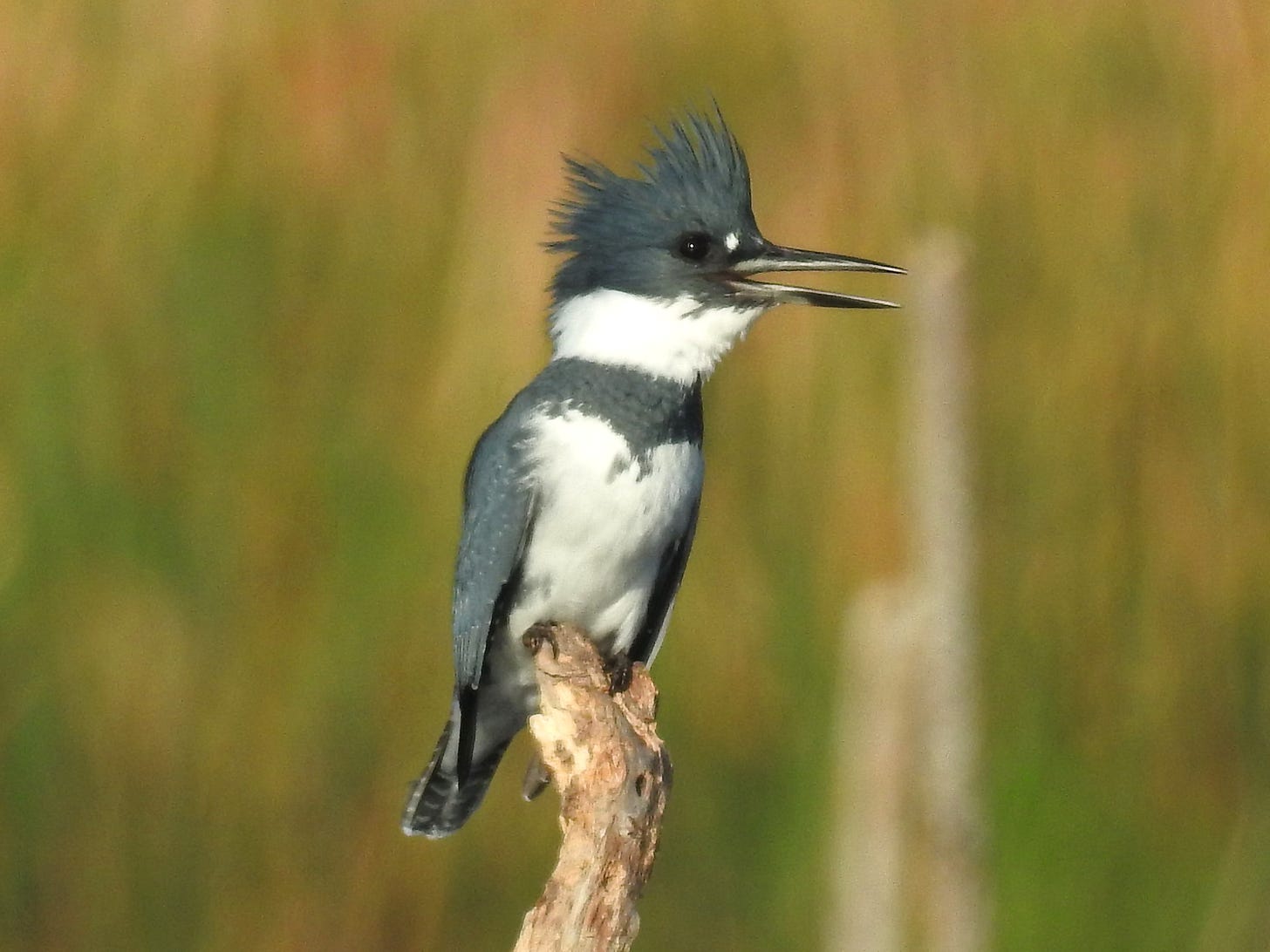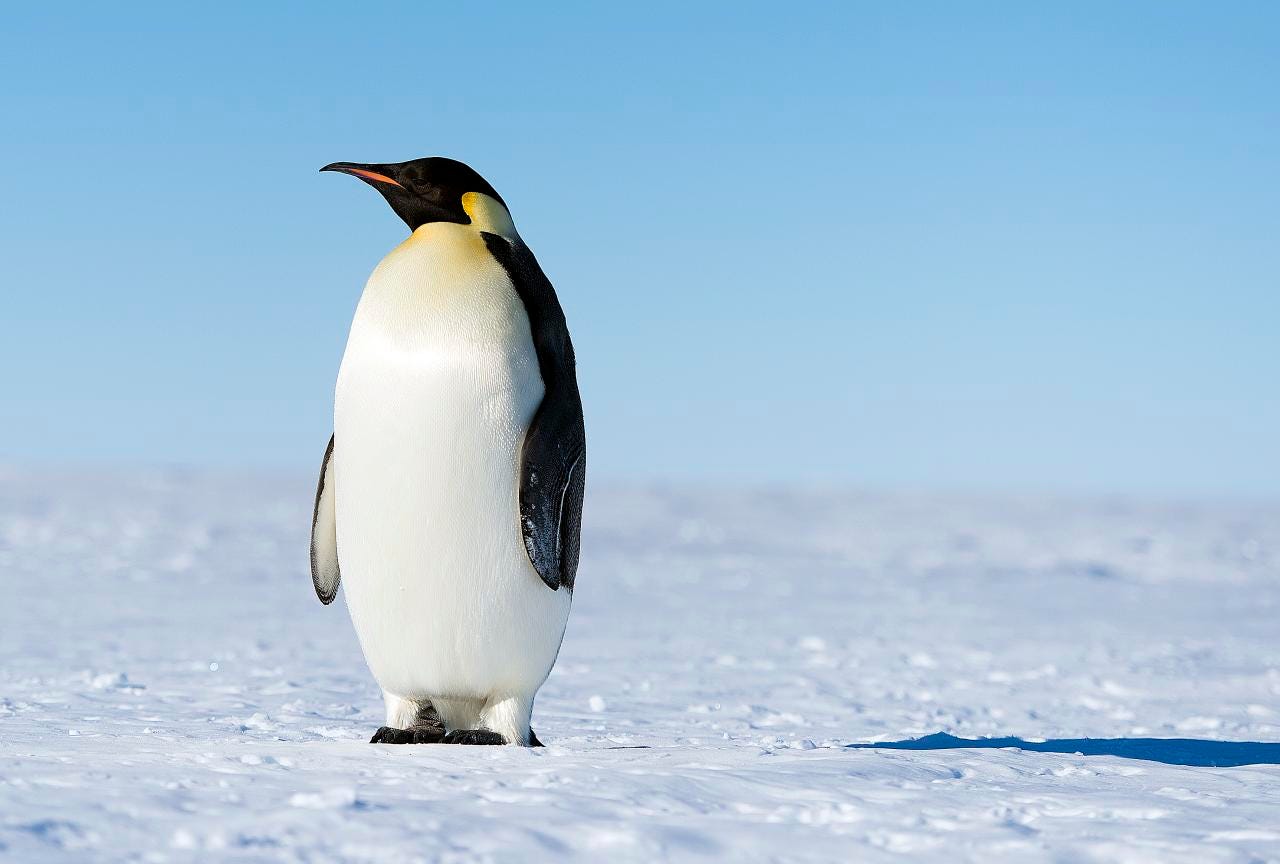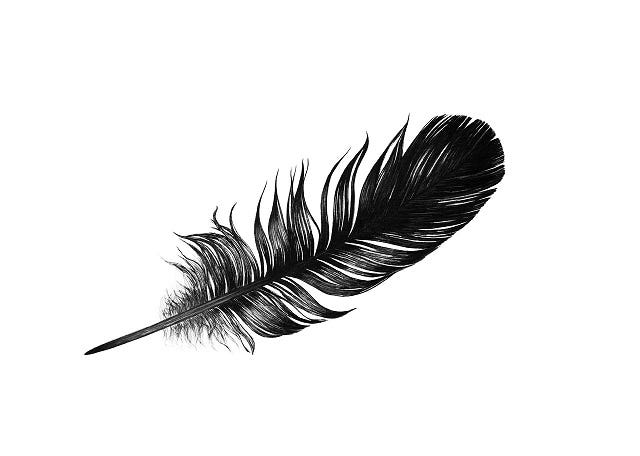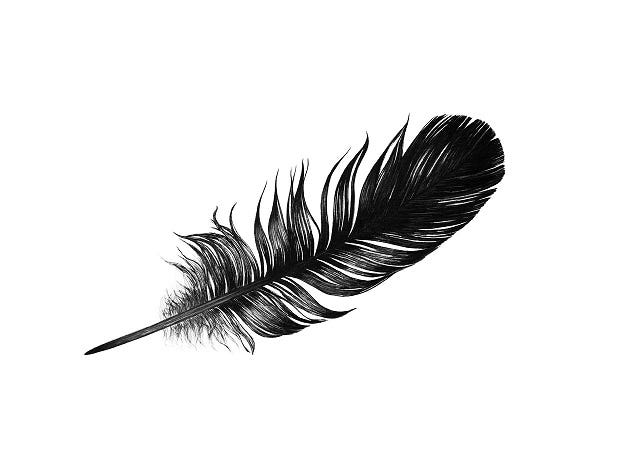Memoir in a Handful of Birds
3/30/23 – Marking time with moments in the real world

Hello everyone:
I’m offering something a bit different this week and next. For those of you who have been with me here in the Field Guide over the last two years, you know how much there is to say about life and its challenges in this curious, disturbing, and crucial period of human (and Earth) history. This week I could be translating the new IPCC synthesis report, sharing the good news from the new Club of Rome study on human population trends (see below), or exploring the exponential growth of plastic pollution. Or ten thousand other things.
But those things will be there. Instead, I just want to connect a little, tell a few stories that weave me to the real world. And I’ll use birds to stitch that connection tight.
As always, please remember to scroll past the end of the essay to read some curated Anthropocene news.
Now on to this week’s writing:
If you join the birds, the birds will join with you.
It was 1977, I think, maybe late summer. We were back at the old farm in coastal Maine after a few years in a Cape Cod town. I was ten or eleven years old and had noticed, as kids do, that one of the brush piles on the edge of the woods had a kid-sized pocket on top. The pile was just east of our large garden – with its eighty-foot rows of peas, corn, beans, and much more – and next to the small forested wetland that always tempted a pair of ducks in the spring before drying up.
I crawled up onto the pile and nestled into the pocket. Somehow, in the miracle of such inspired moments, it was comfortable, and I laid in the nest while looking up at the sky through the few branch-ends that stretched over me.
Not much happened. But it was beautiful, one of those memories that resists the eroding flow of time. After a while of breathing contentedly atop the heap of dead wood – watching clouds, I suppose – I was joined by a bird, and then another. I don’t recall who it was, but no doubt one of the usual suspects: chickadee, nuthatch, titmouse. A warbler is possible, though less likely to forgive my presence. But they were there, hopping or fluttering or perching in the twigs close around me like electrons around my nucleus.
Something opened then. It wasn’t a revelation. It didn’t direct my life in any obvious way – notwithstanding my scribbling about it 45 years later – but putting words to it now I have to guess that what opened was gratitude. I wasn’t merely existing. I felt lucky to be alive, lucky to be sharing the nest with such lovely sparks. This wasn’t the walled but endless space within books and screens that usually occupied me. It was the real world, and it embraced me.

How we see birds can be dangerous.
1989: One summer morning, toward the end of college, I was at my grandparents’ place in the fishing village of Sebasco, Maine. Actually, I was alone next door in a house we co-owned with them, standing in the living room. I had an expansive view through a large picture window of the cove we call the mill pond – where once a tidal-powered mill operated – and beyond it the snug anchorage of Sebasco Harbor, really just a bight in the coast protected by two islands.
My mother’s family had been on the shore there for nearly a century, and in the area for far longer. The oldest part of my grandparents’ place was 300 years old, a blip in Wabanaki time, but an anchor for the family’s sense of place.
I turned away from all that glass but suddenly heard whump whump, two soft hammer blows on the picture window in quick succession. I rushed to the window and saw two belted kingfishers on the ground. One was moving but groggy, the other still.
Kingfishers are “sensitive to disturbance,” as the books put it, which is a polite way of saying they really don’t like us anywhere near them. I went out to investigate and immediately the groggy one bolted, still a bit wobbly, up to the telephone wire. I picked up the other body – warm, strange, beautiful – and found it alive. Eyes glazed, she had only enough consciousness to perch on my finger, and no more. Her tongue drooped to the side of the stout, sword-like bill, and her body would have slumped like a drunk’s if not for the insistence of her perching feet.
Kingfishers are intense, fierce, diving predators of small fish. They are equally fierce about displaying their annoyance, with high-pitched pulsing screeches, when something like me walks or canoes through their territory. Until I held this victim of our desire to see, kingfishers had always been the distant disturbers of my peace, though really they were only announcing my disturbance of theirs.
Having her in my hand was a rare intimate glimpse across that distance, my thumb brushing the breast feathers, my eyes scanning every detail of this strange visitor from the periphery of our daily lives. It felt like I was crossing time as well, erasing for the moment the era of our self-separation from the lives of other animals. Not that kingfishers were likely any more forgiving of the Wabanaki than of us, but today we crave the connection because connected is what we were for 99% of human history.
I started walking over the small hill to my grandparents’ place, because I knew my grandmother would love to see the kingfisher. I would find her where she nearly always was, perched in her recliner and looking out an even larger picture window at the harbor. She was born in the house, born on All Hallows Eve with a sixth sense that on occasion allowed her to glimpse across distances.
The kingfisher, though, wasn’t interested in our stories. By the time I crested the hill, she shook her head like a cartoon character that had just fallen off a building, looked at me with the alarm that only a truly wild consciousness can feel, and took off to perch in privacy, where she would either recover from the concussion or die.

Birds can be both messenger and mystery.
Jan. 1, 1995, McMurdo Station, Antarctica: On a lazy Sunday toward the end of my first season in Antarctica, in the almost-warmth of a near-windless midsummer Antarctic day, I walked down to Hut Point to hear the sea ice move. The edge of the melting sea ice was about thirteen miles out, off Cape Royds, but the sea ice was no longer fixed to the shorefast ice, and moved against it with the million-acre jostling of the pack.
The red and white Coast Guard icebreaker, like an amphibious Swiss Army jackknife, chugged back and forth from town to the ice edge, widening the shipping channel and mincing the ice within it. Suddenly, McMurdo was a port in the warm world, at the edge of a sea meant for ships, rather than isolated like an extraterrestrial outpost on an icy moon.
I laid down at the bottom of a black gravel slope above the ice, nicely out of the breeze, and propped my upper body against the sun-warmed volcanic rock. The ice breathed like a sleeper, rustling against itself. It felt like spring was taking place at midsummer, though in this icescape the change is more physical than biological. I’d been in McMurdo since August, and here was the first motion I’d seen in any kind of ice. The sun hovered, and I fell asleep.
I woke suddenly a few minutes later, as if something or somebody had stirred me, but saw nothing. Then, far to my right, tracing the shoreline arc of Arrival Heights, a small dark something flew toward me. It flew in the staccato flap-and-glide style of a swallow, and had similarly tapered wings. Or so it seemed to my drowsy eyes.
After several seconds the bird was in front of me, about 50 feet over the ice, mostly black with a white patch at the base of the tail. The strangeness of an unfamiliar species flying by on the southern edge of the world had not yet hit me, and all I could do was wonder what the hell I was looking at. While I imagined it was a swallow, I wondered where it nested. Then it occurred to me that the up and down flight pattern was like a bat, and I repeated to myself “It’s a bat? It’s a bat?” as the sun poured down on my stupor.
I woke up completely as the bird disappeared past the end of peninsula, though I still had no idea what it was. I never saw it again. The flight was silent and my vision of it only several seconds long, but nothing like it had crossed my path in four months.
I heard later that the bird had been seen by a few other people in McMurdo, and that it was a Wilson’s storm-petrel, a small ocean wanderer common from the Arctic to the Antarctic. They shouldn’t be seen this far south, however. Chalk it up to the natural wandering of a bird following the retreating sea ice and expecting to find something more interesting than the drowsy figure of a man bringing in the new year on the dissolving margin of his expectations.

Kneeling to birds is sometimes necessary.
February, 1995: I arrived in the Antarctic six months earlier because a friend from graduate school had recommended me for what seemed like a strange and interesting job. I didn’t know anything about the place, but I’d always been drawn to the edges of maps. Penguins, cute or otherwise, didn’t interest me that much.
Reports of a lone Emperor wandering out near the Willy Field road filtered in to Melissa, Patty, and me during our day in the Waste barn. After work, we borrowed a truck to go find him. Patty and Melissa came to Antarctica in good part to see penguins, and wouldn’t pass up a chance, despite that both of them had already visited bustling Adelie colonies. For my part, I hadn’t seen a single one, and wanted to see what the fuss was all about.
Penguins, especially Emperors, are uncommon around McMurdo, and generally only show up when molting. Molting penguins do not swim and so cannot feed. Emperors seem particularly bored and exploratory during the molt, and tend to roam solo, sometimes miles from the nearest open water.
Halfway to the Willy airfield we saw an odd black dot in the white distance. Once close, we parked the truck, and continued on foot. As someone had suggested, we knelt as we got close, and this deference prompted the Emperor to investigate us. He lifted his bill to trumpet something which may have been approval or interrogation. We were in the throne room of an exotic kingdom without a translator, though, so we were silent, content to observe from a few feet away this strange life.
The three-and-a-half-foot-tall penguin moved with the seriousness of a shotputter, his five-inch-long webbed and clawed feet shuffling along like a pair of black lizards. His back was the blue-black color of night sky, which faded into starlight white at the tapered neck. Most striking was the breastwork of sunrise yellow and orange defined sharply by the pure black head. Each new small feather in his soft armor glistened and lapped perfectly against the next.
His demeanor was that of a cautious intelligence in command of an intensely modified body. Against the blank backdrop of the ice shelf, he looked more like an astronaut than we did.
There is nothing cute about an Emperor penguin: words like “noble” are often used, but cuteness was as absent as conversation. He bugled a bit more, then grew unimpressed or distracted. He picked at some troublesome molt feathers at the center of his back. His neck, as long and serpentine as a cormorant’s, stretched much farther than I expected. Suddenly, when one of us rustled our knees in the cold snow, his head jolted up. Instead of bringing his head back around, however, he twisted until his left eye was staring at us over his right shoulder.
We provided no more interest for this amphibious Hamlet, caught between worlds. He waddled, then slid slowly away on his belly. We stayed on our knees. The space before him extended for thousands of empty square miles, his aspect solitary and his prospect a mystery.
* * *
February, 2000: Another visit with an Emperor, but this time I was alone and several miles out of town. Driving Scharen (a huge orange fuel truck) out to the Pegasus airstrip, I spotted a dark anthropomorphic figure a few hundred feet off the road. Like the bird, I was on my own schedule for the morning. Out of view of anyone, I stopped the truck and started walking. I’d been waiting for another chance to chat with an Emperor for five years.
As before, I knelt upon arrival and, as before, the bird was motivated to investigate me. She talked, and then I talked, which seemed to mildly alarm her, and then we came to silence again. This was fine, as she was undisturbed, and I was happy just breathing the same air as this enigmatic creature. She worked on some white chest feathers, which were just too high on the neck for her to pluck, and still too stuck to be brushed off with the side of her face. I barely resisted the urge to lean closer and pull the errant feathers for her.
The Emperor slid a few feet away on her belly, and then planted her long thin black bill (lipped beautifully with a shade of orange identical to Scharen) into the snow. She pushed up with it, pulling her feet underneath her until she snapped upright. The flippers, though strong enough to break my arm, are not used to stand up.
Out of the corner of my eye I saw a pickup truck swooshing its way down the snow road to Pegasus. I was too far off the road to explain myself, if anyone in the truck felt like reporting me for shirking work to talk to the penguin. I can’t say that I worried about it. It was almost time to go home, and stepping off the path felt too good. There’s really no opportunity to share space with wildlife down here, except in the shooing of skuas from dumpsters, or in “illegal” moments like this. The pickup politely passed us by.
Ross Island stood in the background. The penguin’s head was silhouetted against volcanic Mt. Erebus, which filled the sky. I sat for a few more minutes, and then was the first to leave. She watched me go briefly, then turned back to preen, slowly making herself perfect, feather by feather, before the onset of winter.

I’ll be back next week with a few more bird stories. In the meantime, please share yours in the comments.
Thanks for sticking with me.
In other Anthropocene news:
From Avaaz, please sign this petition to stop a proposed octopus farm in the Canary Islands. There’s no decent rationale for creating a factory farm and slaughterhouse for one of the most wondrous and intelligent animals in the sea.
Excellent news on human population from a new Club of Rome study, reported by the Guardian. A more sophisticated analysis of government policies and societal trends suggest that human population will peak at 8.8 billion before 2050 and decline to 7.3 billion by 2100. Under a more optimistic scenario, “with governments across the world raising taxes on the wealthy to invest in education, social services and improved equality,” population would peak at 8.5 billion by 2040 and then drop to 6 billion in 2100. Unsurprisingly, in this best-case scenario, the study’s authors “foresee considerable gains by mid-century for human society and the natural environment.”
From the New Yorker, “Haulout,” a beautiful, quiet, and heartbreaking short documentary. Through the camera we live with a biologist in a remote hut on the Siberian Arctic coast, waiting for walruses. It’s 25 minutes long, and absolutely worth your time to watch.
From Inside Climate News, the important benefits of rewilding large-scale ecosystems include a major decrease in CO2 emissions.
From the Times, a handful of kids in Montana are suing the state for its long-term support of fossil fuel extraction. Montana is one of a few states with a constitutional provision, known now as a Green Amendment, that protects every citizen’s right to a healthy environment. Activists in several other states are building momentum for a Green Amendment to their own state constitution, and need your support.
From BioGraphic, the wonder of seagrass, its importance to marine ecosystems, and its recovery off the VA coast. Well worth the read.
From the Intercept, the Forest Service and Biden administration are in court supporting a flagrantly anti-Indigenous decision to allow a massive copper mining project in Arizona to erase a sacred Apache site.
From PBS NewsHour, the Vatican’s official renunciation of the “doctrine of discovery,” the idea that “justified” colonial claims to land and resources in the Americas and caused so much suffering among Indigenous peoples. This doctrine – that European invaders “discovered” the so-called New World – is embedded especially in U.S. property law, and the U.S. should use the Vatican announcement as momentum to review its policies toward Indigenous land rights.




Thank you for sharing your bird memories, and the beautiful photos. It is such a gift.
Bonnie Gerrard
This winter a male cardinal hit our window and broke its neck instantly. I went out and picked up his still-warm body in my hand and thought, I have never held something more beautiful than this in my hand. When the female cardinal came to the birdfeeder later that day I found myself apologizing to her, and then I immediately ordered some reflective stickers for our windows. Will it work? No idea. But I had to do something.